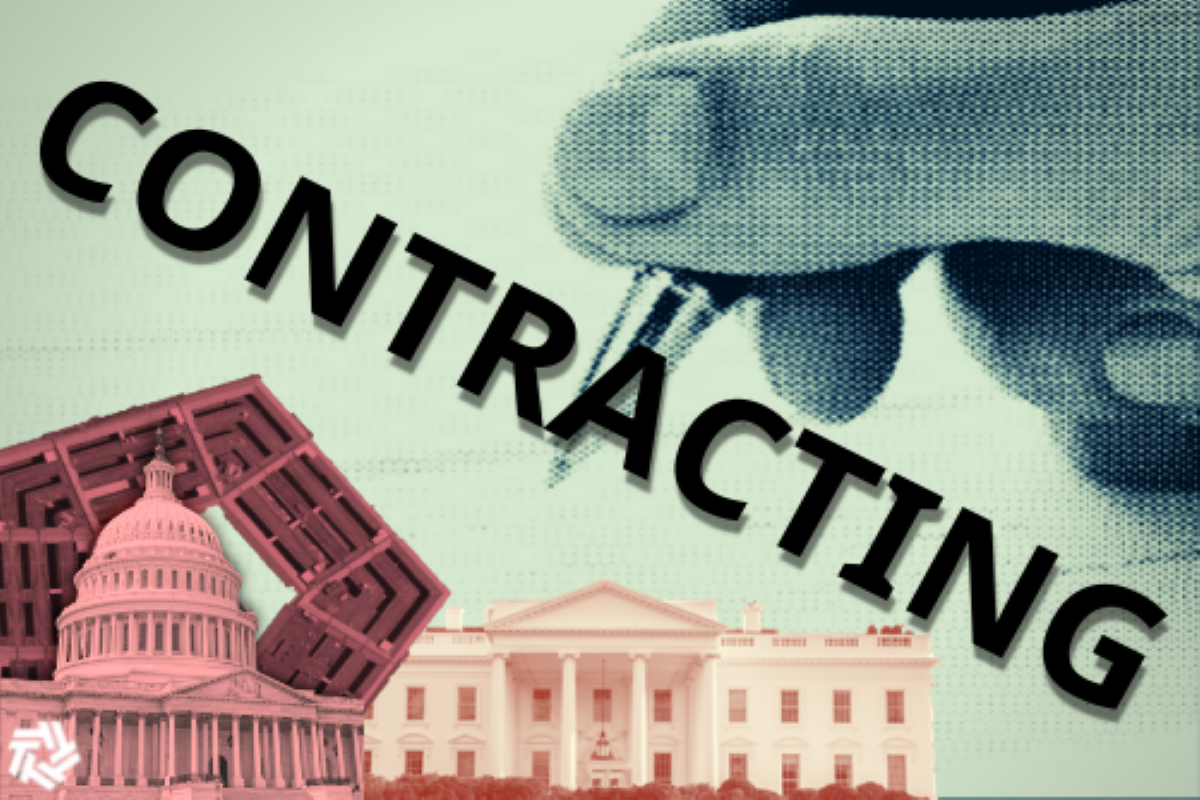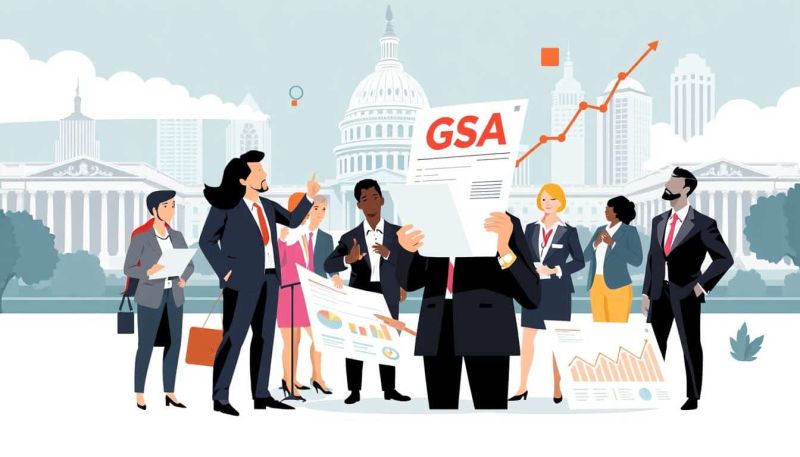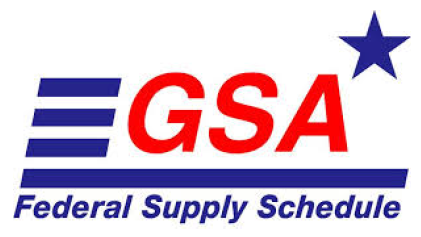Contractors face new setback in getting paid for their work
“There are some court cases wending their way through our judicial system where judges have ordered agencies to make payments,” said Stephanie Kostro.
Among the latest White House executive orders, one is holding up payments to contractors. EO 14-222 tells agencies to build tracking systems. It requires written justifications for each payout. And a 30-day review of all contracts and grants. For the implications, the Federal Drive with Tom Temin turn to the executive vice president for policy at the Professional Services Council, Stephanie Kostro.
Interview transcript:
Tom Temin: Have you seen payments held up? Is that what members are saying? What’s going on here?
Stephanie Kostro: That’s exactly right, Tom, and thanks for raising this issue. This executive order came out in late February, and we noted it with some concern because the first part of it talks about creating, in each agency, a centralized technology system to record every payment to every contract and grant, with an official’s name assigned to each payment — meaning taking responsibility for making that payment. What we have seen across the government is a delay on all contract-based payments. In fact, the Department of Homeland Security (DHS) —and this is a good thing — has created an auto-response to let folks know when they are asking about the status of their invoices and payments. That auto-response cites this executive order and says this is a mandated pause, it is temporary, but they have no set date for when they’re going to turn those payments back on. This is creating a host of issues for contractors.
Tom Temin: Yeah, and the idea of building a technology system to track — if they can do that in 30 days or something. Some agencies have been trying to update their financial systems for 20 years and can’t get it right.
Stephanie Kostro: It is very, very complicated. And the idea that we’re going to pause all payments is really an issue. As we are dealing, as a community of contractors, with stop-work orders and terminations, we understand that the president wants to align programs and projects with his priorities. We completely understand that’s the prerogative of every executive. However, it used to be that having a government contract was as good as cash in the eyes of the financial system and those who lend companies money. Right now, those companies are seeing some of their lines of credit not get extended. They’re applying for new lines of credit so they can make payroll, etc. So this freeze on payments really has serious implications not just for individual companies but for the industry as a whole.
Tom Temin: And just as a detail, agencies have tracking systems for payments and who’s responsible. Isn’t that kind of basic accounting?
Stephanie Kostro: It is, although I think the key word from the executive order is a “centralized” technology system, so that anyone can access it — maybe a dashboard — to see whose name is against each payment. I would note that there are some court cases wending their way through our judicial system where judges have ordered agencies to make payments on invoices. In particular, I’m citing some of the court cases involving the U.S. Agency for International Development (USAID). Those payments are flowing, although slowly, as they rebuild systems that had been put into dormancy. This really is an issue across the industry. I would also add that the government is subject to something called the Prompt Payment Act, which is found in U.S. Code. That means if they don’t pay their invoices within the set amount of time, they start incurring interest. The fact that there is an executive order that some are interpreting as a pause on all payments — once you get past that payment window, you are going to start incurring interest, and that’s more than 4% on each contract. So we are looking at an interesting situation where the government has paused payments, but they’re actually going to have to pay a penalty for doing that.
Tom Temin: And has anyone raised this issue to the administration directly?
Stephanie Kostro: There are folks who have raised it. We have raised it with members of the executive branch, but they are saying it’s an executive order, and they are interpreting it to mean stop all payments — so that’s what they’re doing. I will say again, some payments are flowing because there are court cases mandating them, but financial institutions used to treat a government contract as though it were as good as cash. That meant lower margins for lower risk. Now, they’re going to be charging higher margins for higher risk because government contracts are no longer considered as flexible as financial institutions want them to be.
Tom Temin: We are speaking with Stephanie Kostro, vice president for policy at the Professional Services Council. The other issue going on — the seeming return to the Brooks era of the General Services Administration (GSA) being in charge of all procurement — it hasn’t been 100% one way or the other ever. What is the industry making of that one?
Stephanie Kostro: So you’re referencing another executive order, Tom, that just came out last week — it came out on the 20. This is to consolidate certain procurements at the General Services Administration. When GSA was created back in the 1940s, it was meant to streamline common procurements. This executive order assigns that role again to GSA. There are a whole bunch of directives in that order — agencies have to submit plans, and OMB has to make certain designations. But the long and the short of it is two key pieces, Tom. One, they’re talking about common goods and services, defining that as category management. So you go back to category management, you look at the 10 categories — professional services, in our name, is one of them.
Tom Temin: Well, there’s not much left out of those 10 categories.
Stephanie Kostro: Right, exactly. It really is a large universe.
What’s interesting, though, is that in that executive order, they talk about domestic procurement. I’m going to parse that out a little bit when talking with executive branch officials about what that means for the Department of Defense, for example, or for the State Department. The other key element — I said there were two — is that it consolidates all governmentwide acquisition contract vehicles for information technology and centrally locates them at GSA. That’s the other big piece here. Looking at GWACs, as we call them, for IT and centralizing them at GSA is also not going to be a very easy thing to do. So we are watching very, very closely to see what is captured within this executive order. There are various deadlines, as I mentioned, and a whole bunch of tasks in this EO. Some of them have to be completed by April 3. OMB has to issue a memo on how the executive branch is going to implement this. So we should be getting more information shortly.
Tom Temin: Yeah, but it does seem to be retro in its feeling, doesn’t it?
Stephanie Kostro: It does seem like the pendulum is swinging back to an earlier era, that’s true.
Copyright
© 2025 Federal News Network. All rights reserved. This website is not intended for users located within the European Economic Area.





